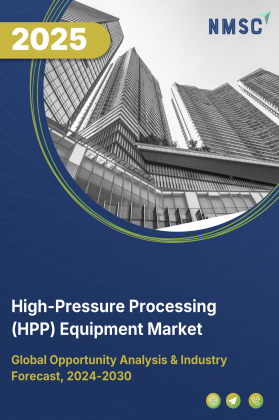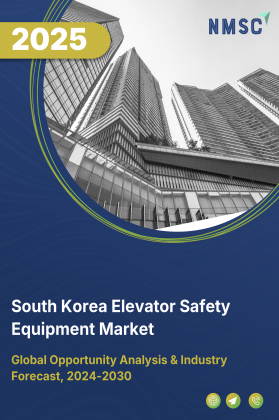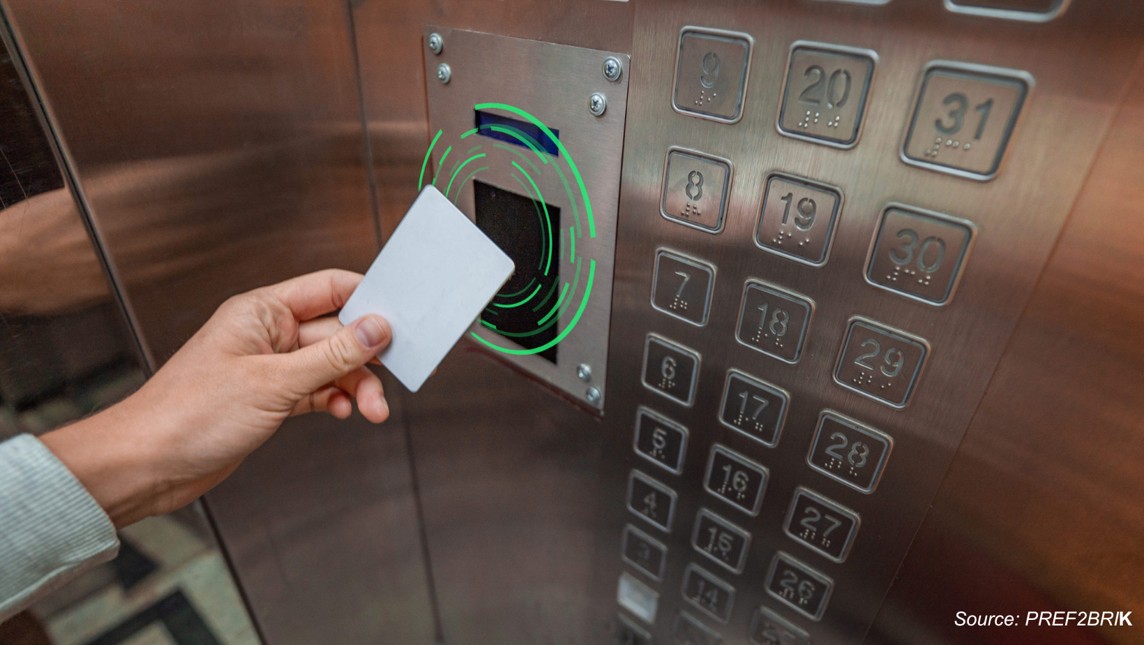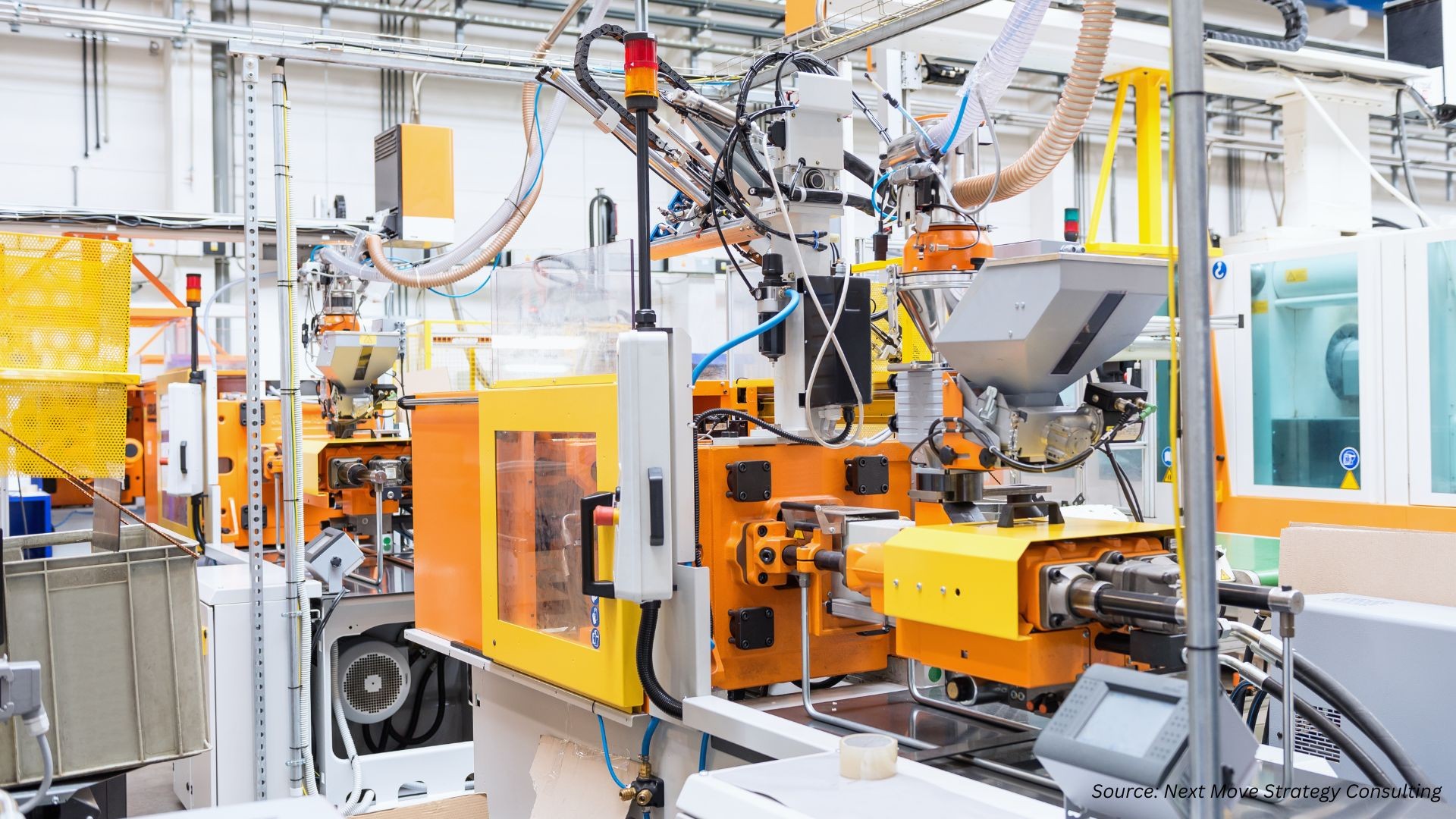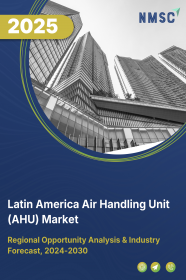
Latin America Air Handling Unit (AHU) Market by Component, (Coils, Filters, Blowers / Fans, Humidifiers), by Product Type, (Packaged AHUs, Modular AHUs, Custom AHUs), by Installation, (Rooftop, Indoor), by Capacity, (≤ 5,000 m³/h, 5,001–15,000 m³/h, 15,001–30,000 m³/h, 30,001–50,000 m³/h, ≥ 50,001 m³/h), by Technology, (Single Flux (Single-Effect), Double Flux (Energy Recovery), Smart AHUs) - Opportunity Analysis and Industry Forecast, 2024– 2030
Industry: Construction & Manufacturing | Publish Date: 18-Oct-2025 | No of Pages: 182 | No. of Tables: 204 | No. of Figures: 161 | Format: PDF | Report Code : CM1697
Market Definition
The Latin America Air Handling Unit (AHU) Market size was valued at USD 387.3 million in 2023, and is predicted to reach USD 504.5 million by 2030, at a CAGR of 3.3% from 2024 to 2030.
The air handling unit (AHU), also known as air handler, is a fundamental component in heating, ventilation, and air conditioning (HVAC) systems, facilitating efficient airflow regulation and indoor climate control across commercial, industrial, and residential sectors. It collects air from the outside and inside, removes dust and other particles from the collected air, adjusts temperature and humidity, and then supplies clean and conditioned air in the room through ducts.
Strengthening of Building Codes and Sustainable Construction Regulations Raises Demand for Advanced HVAC Technologies
Several Latin American countries are updating or enforcing building codes and sustainability standards that mandate or incentivize higher energy performance in commercial and institutional buildings. The Inter-American Development Bank’s 2023 study on building codes shows that many nations in Latin America and the Caribbean are incorporating resilience, sustainability, and energy performance requirements into their building regulations. In Brazil, the national “Energy Efficiency Law” (Law No. 10,295/2001) empowers the government to set Minimum Energy Performance Standards (MEPS) for appliances and equipment, and INMETRO enforces energy labeling and efficiency rules, which have been extended to HVAC and air conditioning systems. This regulatory push drives building owners, developers, and HVAC system integrators to adopt AHUs with advanced features (e.g. heat recovery, variable-speed drives, high-efficiency fans) to comply with codes and reduce long-term operating costs.
Intensified Infrastructure and Public Works Programs Create Large-scale Demand for Central HVAC Solutions
Latin American governments are accelerating infrastructure investment as a means to stimulate economic growth, especially in the face of global uncertainties. For example, in the coming years, the region is projected to require nearly US$250 billion per year in infrastructure spending to close investment gaps. Additionally, BNamericas reports a pipeline of over US$67 billion in infrastructure and water projects in Latin America currently under tendering processes. These large-scale public works—such as hospitals, schools, airports, ports, transit systems, and government office complexes—typically demand robust centralized HVAC and air handling systems. The procurement and design of such facilities thus act as a strong pull for AHU suppliers, particularly those capable of delivering efficient, large-capacity units with advanced control capabilities and integration into broader building systems.
Elevated Raw Material Costs Pose a Restraint to Market Growth
High raw material costs and installation expenses continue to act as restraints on the growth of the Latin America AHU market. The price volatility of steel, aluminum, copper, and filtration components increases the overall cost of AHUs, making them less accessible to cost-sensitive customers. Additionally, complex installation processes, particularly in retrofit projects, further elevate initial investment requirements. These financial barriers can delay HVAC upgrades or lead to the selection of less efficient alternatives. To overcome this challenge, manufacturers are focusing on cost-optimized system designs, local sourcing strategies, and flexible financing models to make AHU solutions more affordable and widely adopted.
Integration of Smart and Iot-enabled Technologies Creates New Growth Opportunities
The integration of Internet of Things (IoT) technologies into AHUs presents significant opportunities for the Latin America market. By embedding advanced sensors and connectivity features, AHUs can provide real-time monitoring of temperature, humidity, and air quality while enabling remote management through building automation systems. This allows operators to optimize performance, reduce energy waste, and anticipate maintenance needs using predictive analytics. The adoption of IoT-enabled AHUs supports compliance with sustainability standards and aligns with the region’s transition toward smart buildings and cities. As a result, smart and connected AHUs are emerging as a key growth segment in the region’s evolving HVAC landscape.
Competitive Landscape
The market players operating in the Latin America Air Handling Unit (AHU) market include Carrier Global Corporation, Daikin Industries, Ltd., Trane Technologies, Johnson Controls, Midea Group, Lennox International, Systemair AB, Rheem Manufacturing Company, Stulz GmbH, GREE Electric, TROX, Nortek Air Solutions, and others.
Latin America Air Handling Unit (AHU) Market Key Segments
By Component
-
Coils
-
Filters
-
Blowers / Fans
-
Humidifiers
By Product Type
-
Packaged AHUs
-
Modular AHUs
-
Custom AHUs
By Installation
-
Rooftop
-
Indoor
By Capacity
-
≤ 5,000 m³/h
-
5,001–15,000 m³/h
-
15,001–30,000 m³/h
-
30,001–50,000 m³/h
-
≥ 50,001 m³/h
By Technology
-
Single Flux (Single-Effect)
-
Double Flux (Energy Recovery)
-
Smart AHUs
By Application
-
Residential
-
Commercial
-
Offices
-
Malls
-
Hotels
-
Airports
-
Other Commercial
-
-
Industrial
-
Healthcare
-
Data Centers
-
Food And Beverage
-
Other Industrial
-
By Region
-
Latin America
-
Brazil
-
Mexico
-
Argentina
-
Colombia
-
Chile
-
Peru
-
Other Countries
-
Key Players
-
Carrier Global Corporation
-
Daikin Industries, Ltd.
-
Trane Technologies
-
Johnson Controls
-
Midea Group
-
Lennox International
-
Systemair AB
-
Rheem Manufacturing Company
-
Stulz GmbH
-
GREE Electric
-
TROX
-
Nortek Air Solutions
Report Scope and Segmentation
|
Parameters |
Details |
|
Market Size in 2023 |
USD 387.3 Million |
|
Revenue Forecast in 2030 |
USD 504.5 Million |
|
Growth Rate |
CAGR of 3.3% from 2024 to 2030 |
|
Analysis Period |
2023–2030 |
|
Base Year Considered |
2023 |
|
Forecast Period |
2024–2030 |
|
Market Size Estimation |
Million (USD) |
|
Growth Factors |
|
|
Companies Profiled |
12 |
|
Market Share |
Available for 10 companies |
|
Customization Scope |
Free customization (equivalent up to 80 working hours of analysts) after purchase. Addition or alteration to country, regional, and segment scope. |
|
Pricing and Purchase Options |
Avail customized purchase options to meet your exact research needs. |

















 Speak to Our Analyst
Speak to Our Analyst



